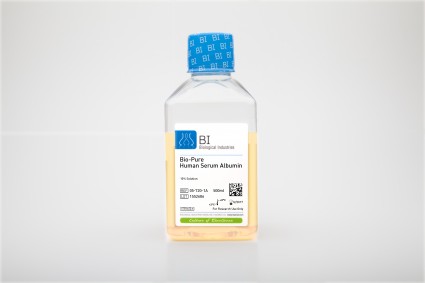
This is used as a diagnostic radiopharmaceutical for intravenous imaging in the iodinated form (I 131) isolated from expired blood plasma. More
This is used as a diagnostic radiopharmaceutical for intravenous imaging in the iodinated form (I 131) isolated from expired blood plasma.
Human serum albumin
NA
Abraxane, Alba, Albucel, Albudac, Albudion, Albumed, Albumeon, Albumin 20%, Albumin 5%, Albumina Umana, Alburel, Albutein, Biseko, Buminate, Granocyte, Human Albumin, Human Albumin (Baxter), Human Albumin (Paviour), Humin, ORAL POLIOMYELITIS VACCINE, Pacliall, Plasbumin, Roferon-A, Verglob, Volumin, Zenalb, Zy-Albumin
NA
NA
Serum albumin is a soluble, monomeric protein necessary for maintaining and regulating the colloidal osmotic pressure of blood. This will increase the circulating plasma volume, thereby reducing the blood viscosity and hemoconcentration. Also used as a transport protein that binds naturally occurring, therapeutic and toxic materials in circulation.
Intravenous
For treatment of severe blood loss, hypervolemia, and hypoproteinemia.
Allergic reactions, nausea, anaphylactic shock, vomiting, increased salivation, fever and chills; vascular overload, haemodilution and pulmonary oedema.
Albumin solution should not be mixed by protein hydrolysates or alcoholic solutions. Risk of atypical reactions to ACE inhibitors in patients undergoing therapeutic plasma exchange with albumin human replacement.
Cardiac failure, severe anaemia, history of hypersensitivity, parenteral nutrition.
Store below 30°C. Do not freeze.
66472.2 Da
C2936H4624N786O889S41
9048-46-8
Hypertension or low cardiac reserve; additional fluids for dehydrated patients. Monitor for signs of cardiac overload in injured or postoperative patients. May carry risk of viral transmission. Volume admin and rate of infusion must always be individualised according to situation and response. Pregnancy, lactation.